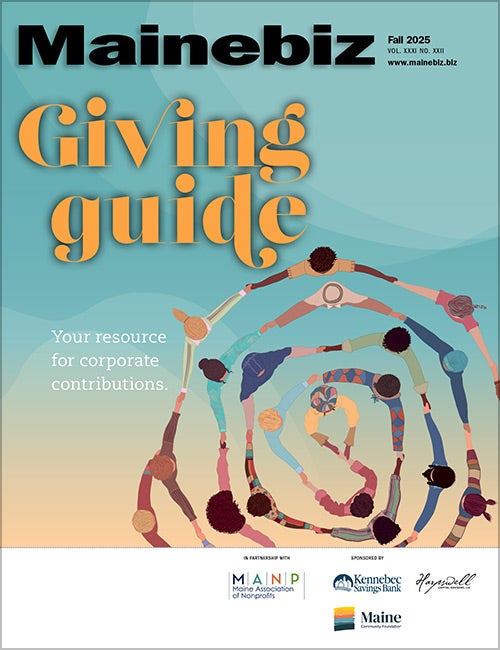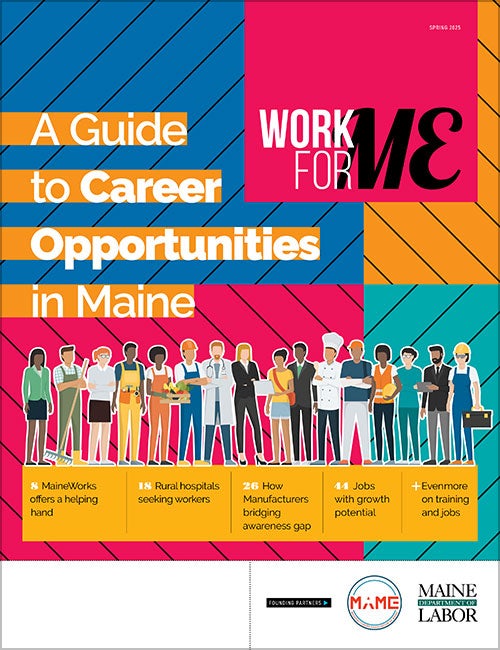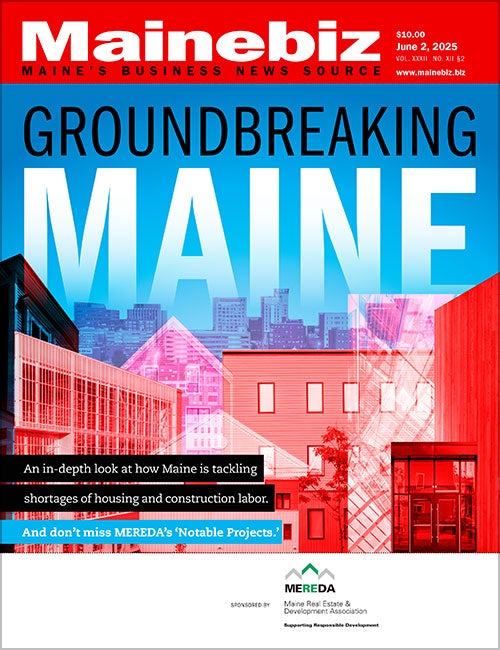
Processing Your Payment
Please do not leave this page until complete. This can take a few moments.
- News
-
Editions
View Digital Editions
Biweekly Issues
- December 15, 2025
- December 1, 2025
- Nov. 17, 2025
- November 03, 2025
- October 20, 2025
- October 6, 2025
- + More
Special Editions
- Lists
- Viewpoints
-
Our Events
Event Info
Award Honorees
- Calendar
- Biz Marketplace
Start the Fiscal Year with a Strong Fraud Prevention Strategy
As your business, nonprofit, school district, or local government begins a new fiscal year, it’s an ideal time to reevaluate your fraud prevention strategy. Financial crime is shifting fast—fueled by both low-tech schemes and new risks driven by generative AI and digital fraud.
Q: What are some financial fraud threats that you feel are growing?
A: Fraud continues to surge across the banking industry. According to the American Bankers Association, financial institutions are seeing a significant uptick in check fraud, account takeovers, and AI-enhanced scams. The Federal Reserve’s 2024 Risk Perspectives Report highlights the increased use of generative AI in deepfake schemes, phishing attacks, and voice cloning scams targeting businesses of all sizes.
As fraudsters become more sophisticated, financial institutions are responding with advanced technologies and fraud detection tools. But security is a shared responsibility—and business owners must also invest in sound policies, smarter systems, and informed teams.
Q: Where should a business start when considering a fraud prevention approach?
A: I encourage businesses to start by evaluating opportunities to minimize check fraud. Evolving toward a more cashless, digital payments environment is not just efficient—it’s safer. Despite growing concern about cybercrime, low-tech fraud is still prevalent—and rising. According to the U.S. Treasury Department’s Financial Crimes Enforcement Network (FinCEN), mail theft increased by over 140% between 2020 and 2023, often leading to check fraud and identity theft.
The Association for Financial Professionals’ 2025 Payments Fraud and Control Survey reports that 63% of businesses experienced check fraud last year—especially for organizations that have been delaying the adoption of digital payment processes.
These statistics highlight how important it is to reduce paper-based transactions.
Q: Are digital transactions riskier in the age of AI?
A: While generative AI tools are being used in new types of fraud (including deepfake voice scams and spoofed emails), digital payments still offer more traceability than paper-based transactions. With strong internal controls, digital banking can significantly reduce risk. Digital payments also offer financial and operational advantages, such as real-time tracking and alerts that improve visibility and accountability and reduced processing costs from minimizing checks and cash handling.
That said, the transition to digital must be done thoughtfully. Many businesses adopted electronic payment systems quickly during the pandemic, but failed to implement strong internal controls—leaving gaps that can be exploited.
Q: What are some practice steps an organization can take to prevent financial fraud?
A: The move to digital transactions can occur smoothly and safely if you follow the right practices and procedures. Details are important because gaps in procedure are an invitation to fraud. Understand who has authority to move funds and reconcile accounts. Ask yourself whether those people should have those roles and responsibilities. Review roles, especially for individuals responsible for accounting, the controller, and the bookkeeper. Segregate duties and implement dual control where appropriate.
Fraud prevention is an increasingly important aspect of financial management —it’s a critical component of your organization’s financial health and reputation. As we start a new fiscal year, now is the time to tighten controls, embrace digital tools, and educate your team.

About the author:
Barbara Durr is a SVP, Government Banking Officer with Machias Savings Bank. She works closely with her government banking customers to make recommendations that help maximize public funds and optimize operational efficiency. Barbara is actively involved in the Association of School Business Officers and The Maine Municipal Association. She may be reached at bdurr@machiassavingsbank.com.

The Giving Guide
The Giving Guide helps nonprofits have the opportunity to showcase and differentiate their organizations so that businesses better understand how they can contribute to a nonprofit’s mission and work.
Learn More
Work for ME
Work for ME is a workforce development tool to help Maine’s employers target Maine’s emerging workforce. Work for ME highlights each industry, its impact on Maine’s economy, the jobs available to entry-level workers, the training and education needed to get a career started.
Learn More
Groundbreaking Maine
Whether you’re a developer, financer, architect, or industry enthusiast, Groundbreaking Maine is crafted to be your go-to source for valuable insights in Maine’s real estate and construction community.
Learn more-
The Giving Guide
The Giving Guide helps nonprofits have the opportunity to showcase and differentiate their organizations so that businesses better understand how they can contribute to a nonprofit’s mission and work.
-
Work for ME
Work for ME is a workforce development tool to help Maine’s employers target Maine’s emerging workforce. Work for ME highlights each industry, its impact on Maine’s economy, the jobs available to entry-level workers, the training and education needed to get a career started.
-
Groundbreaking Maine
Whether you’re a developer, financer, architect, or industry enthusiast, Groundbreaking Maine is crafted to be your go-to source for valuable insights in Maine’s real estate and construction community.
ABOUT
NEW ENGLAND BUSINESS MEDIA SITES
No articles left
Get access now
In order to use this feature, we need some information from you. You can also login or register for a free account.
By clicking submit you are agreeing to our cookie usage and Privacy Policy
Already have an account? Login
Already have an account? Login
Want to create an account? Register
Get access now
In order to use this feature, we need some information from you. You can also login or register for a free account.
By clicking submit you are agreeing to our cookie usage and Privacy Policy
Already have an account? Login
Already have an account? Login
Want to create an account? Register